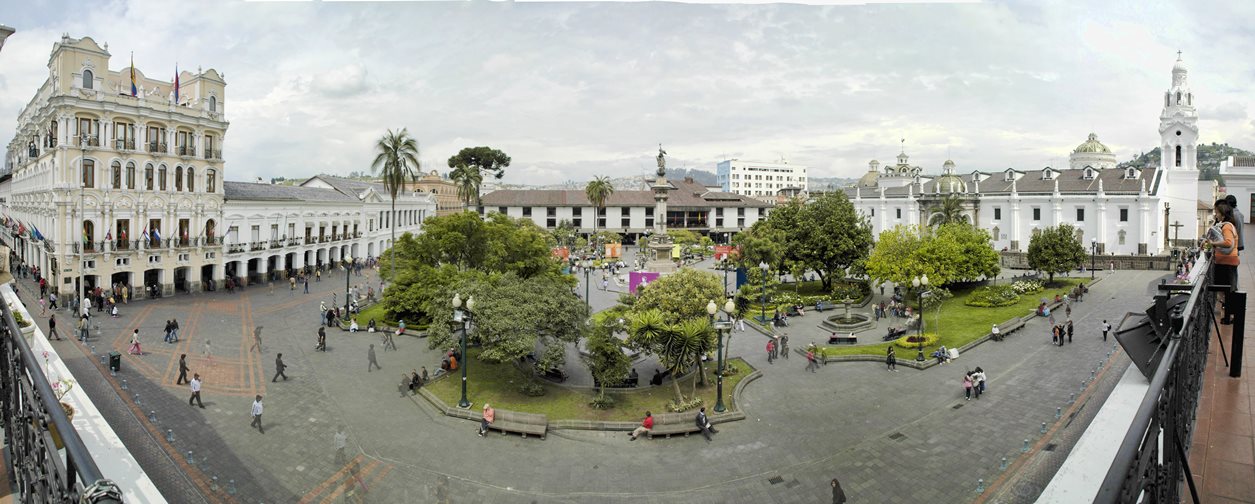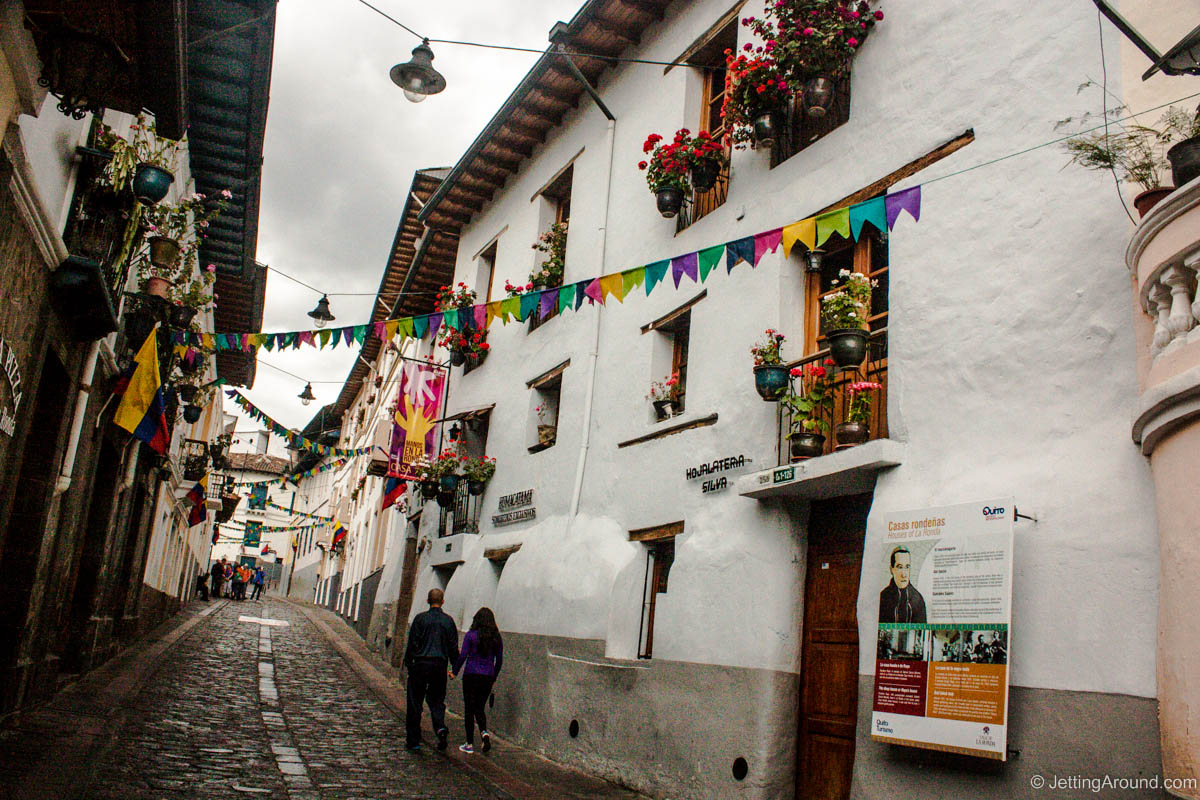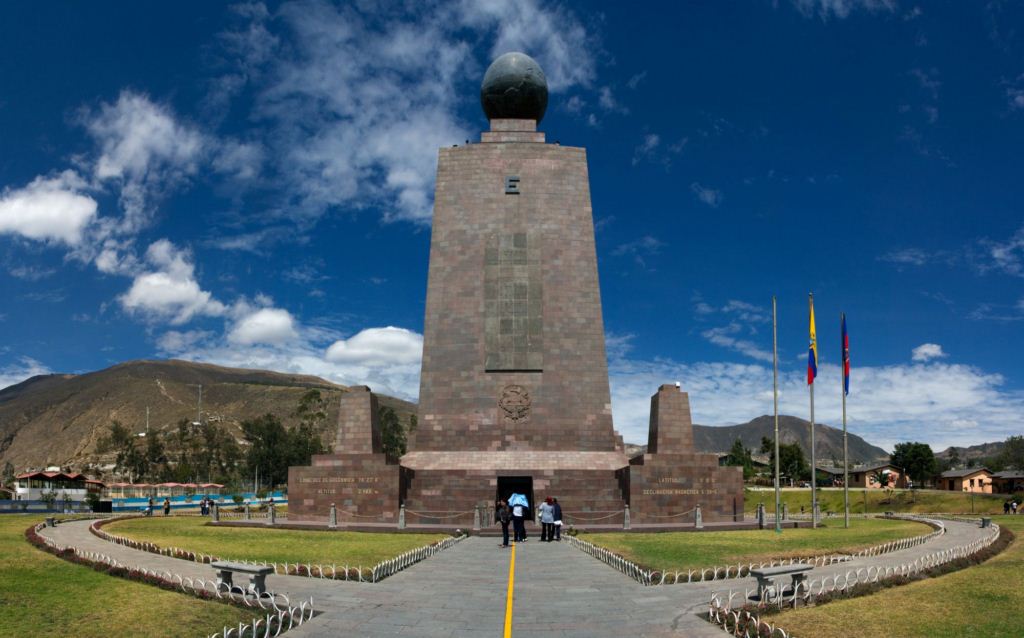|
Main attractions in Quito
Historical center Quitos´s historical center is the largest and best preserved in Latin America. The Plaza de la Independencia (“Independence Square”) , also known as “Plaza Grande” (“Big Square”), still stands as the Ecuadorian´s capital core, just as in colonial times. It is surrounded by the seat of Government or “Palacio de Carondelet”, the Archbishop’s Palace, the Metropolitan Cathedral and the Municipal Palace.

Quinde Visitor Center It was opened in April 2016, and is located in the center of the city, at the Municipal Palace. It offers the visitors information about the city, specialized tourism operators, souvenirs, tickets for touristic buses, coffee and chocolate display and tasting. It opens every day.
La Ronda It is an emblematic area within Quito’s historical center. It was the bohemian city heart in mid 20th century. This narrow and old street has restaurants and coffee shops, in a big contrast with modern north area.

La Mariscal This quarter, also known as “La Zona” (“the Zone”), is the city’s best place for fun and entertainment. Visitors can find here many bars, dance clubs and restaurants. It is located in center-north of Quito.
Churches, convents and museums Quito also offers the most valuable jewels of colonial architecture where baroque art style prevails. Places worth a visit are “Iglesia de la Compañía de Jesús”, the “Capilla del hombre” (Guayasamín Museum), the “Basilica del Voto Nacional”, and both San Agustín and San Francisco churches.

El Panecillo This natural observation point in Quito’s heart at nearly 9000 feet above sea level offers a wonderful view of the whole city.

Cable car Quito cable car reaches 13,451 feet above sea level allowing the visitor to have a spectacular view of the city, the valleys and the Volcanoes Avenue.
Olga Fisch Folklore Museum and craft shop Opened in 1941, it is the first shop in the country dedicated to the promotion of the design and manufacture of the best Ecuador’s handicraft. Address: Ave. Colón E10-53.
Craft beer There are several craft beer bars and breweries in the city, a strong historical tradition dating back to 1535, when San Francisco convent, one of the most relevant architectural and religious complex, started to be built. In this place, beer was first made in Ecuador. Fra Jodoco Ricke, a Franciscan monk, an artist and erudite person of Flemish origin, introduced the first barley and wheat seeds into Ecuador.
Monument to the “Mitad del mundo” (“The Middle of the world”) The spot where the famous equator line passes through Ecuador is 25 km away from Quito and it is marked by a monument called “Middle of the world”. Inside there is an ethnographic museum that exhibits objects of the local indigenous culture, and surrounding the monument are museums and educational centers including a planetarium.

|

